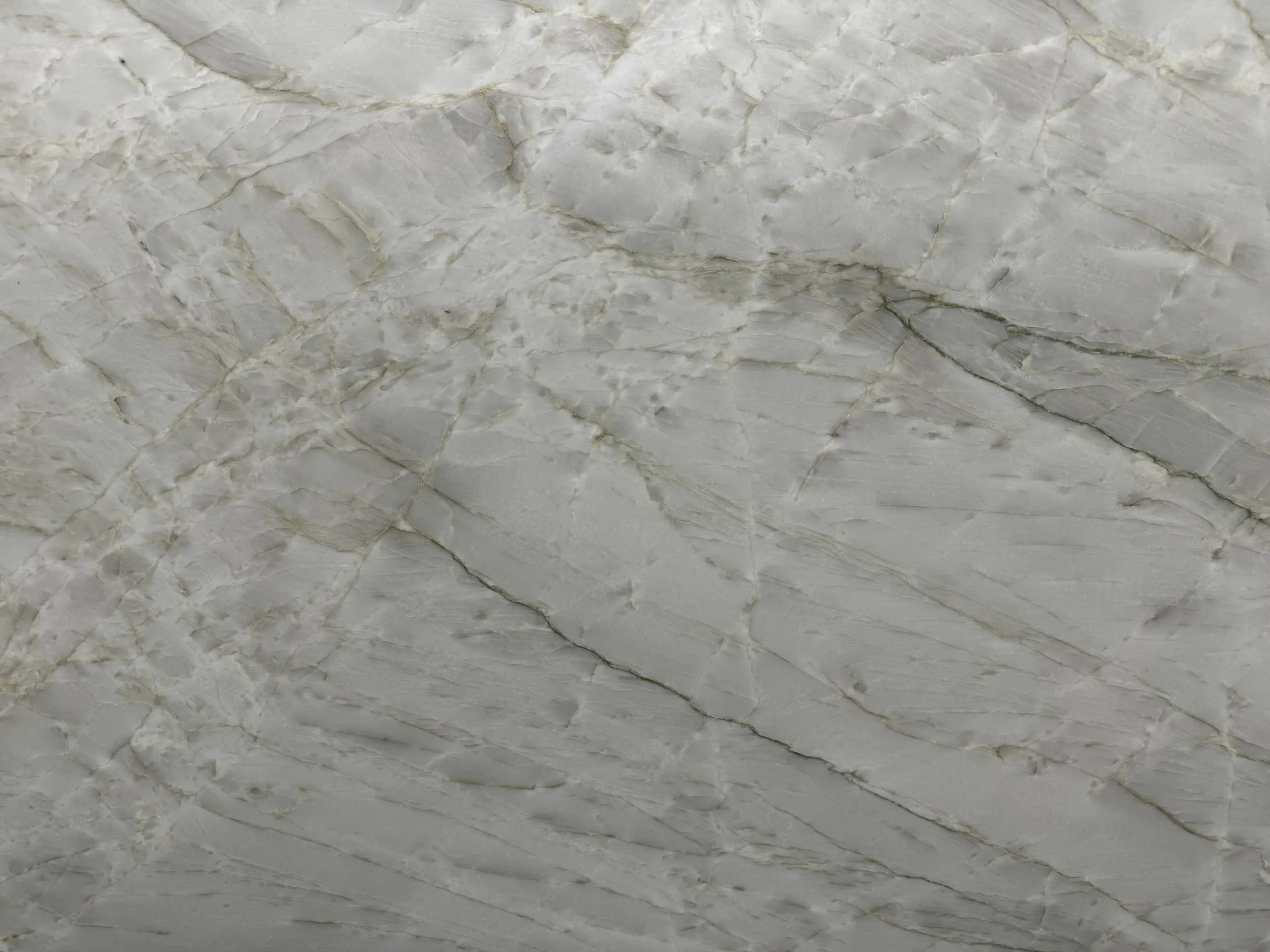A beautiful kitchen is part of many people’s dreams, right? Choosing white stone for the kitchen can be difficult. This article will help you to make your job easier.
Every detail is thought out with care – and needs to be perfect – after all, the kitchen is the heart of the house. That’s where everything happens.
But, more than just thinking about the furniture, decoration, and utensils, the sink and countertop will be essential for the use of the kitchen and can also bring an extra charm to the project.
Therefore, choosing the ideal stone is a challenge, not only because of the number of different materials available but also because of the color.
And in this regard, a darling has been gaining prominence: the white stone.
If you also want it in your kitchen, this post will bring useful tips and information – cited by a professional – so you can make the best choice and have the best result in your home.
Let’s start!
Totally white or with details?
The first thing you need to define is if your stone will be completely white or if you prefer to have some details, such as veins or crystals, on your countertop.
Today, there are many options on the market and the choice of them depends on your taste and also on the characteristics that each of the stones has, of care and maintenance, for example, and how much you are willing to invest time – and maybe even money – to have.
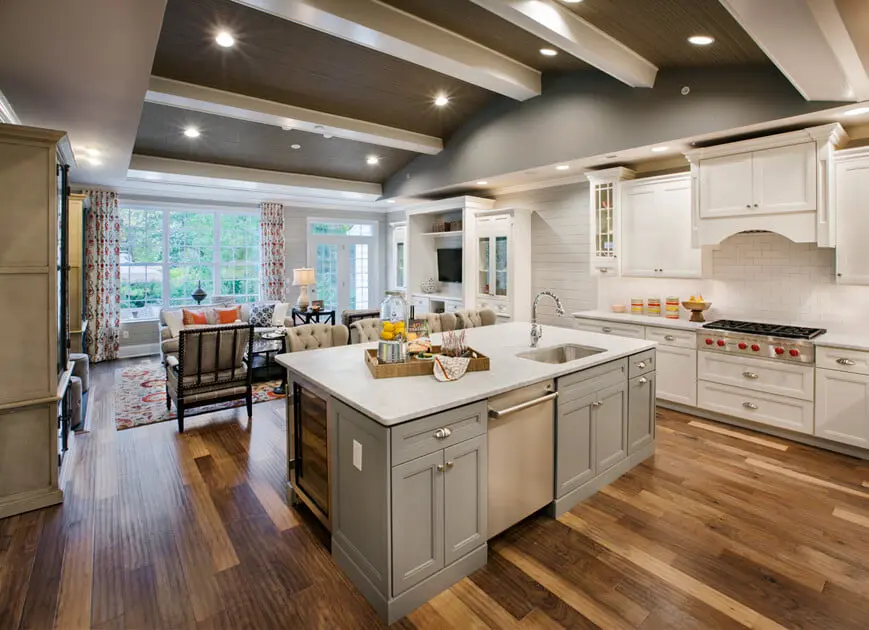
1. Synthetic Quartz. (Engineered Stone)
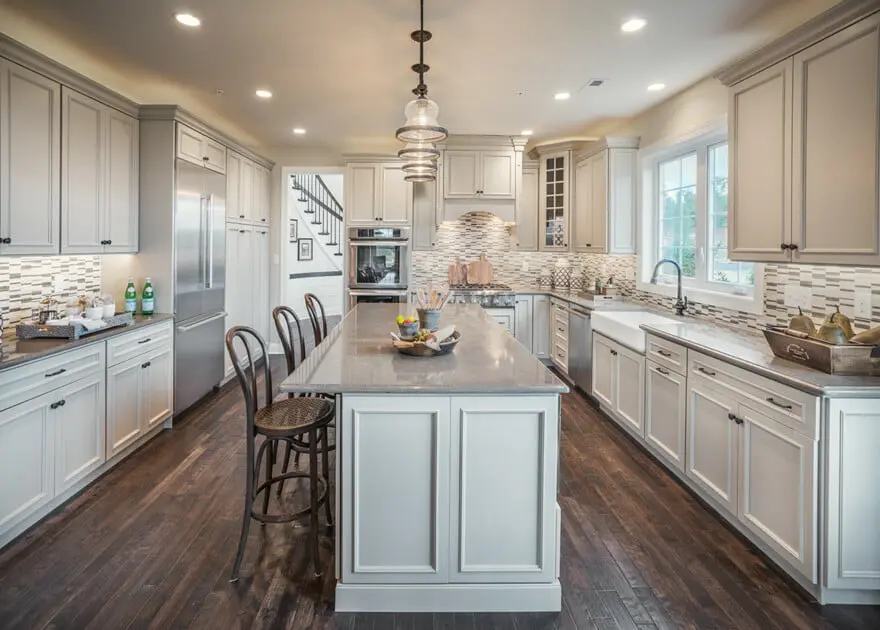
Synthetic quartz is an industrialized stone available in various colors and textures, including white.
Among the many manufacturers of this stone, the Silestone brand is the most famous in Brazil today, but there are also Chinese industries that have been gaining ground in the country.
This product has 94% natural quartz and 6% resin in its composition, which provides good mechanical resistance (against scratches) and low permeability – that is, low risk of stains.
Despite this, this stone has heat as its weak point, and it is not recommended to place hot pans or molds directly on it, as there is a risk of damage. It is also not recommended for external use.
Specialist Olivia says that sometimes small spots of grease or food may appear on the stone, but they are easily removed with soap products.
One of the disadvantages of synthetic quartz is its value. A Chinese-made stone can cost more than twice as much as a national granite, for example. If the option is to use the famous Silestone, its cost can be four times higher than that of national stones. choosing white stone for the kitchen can be difficult.
2. Granite
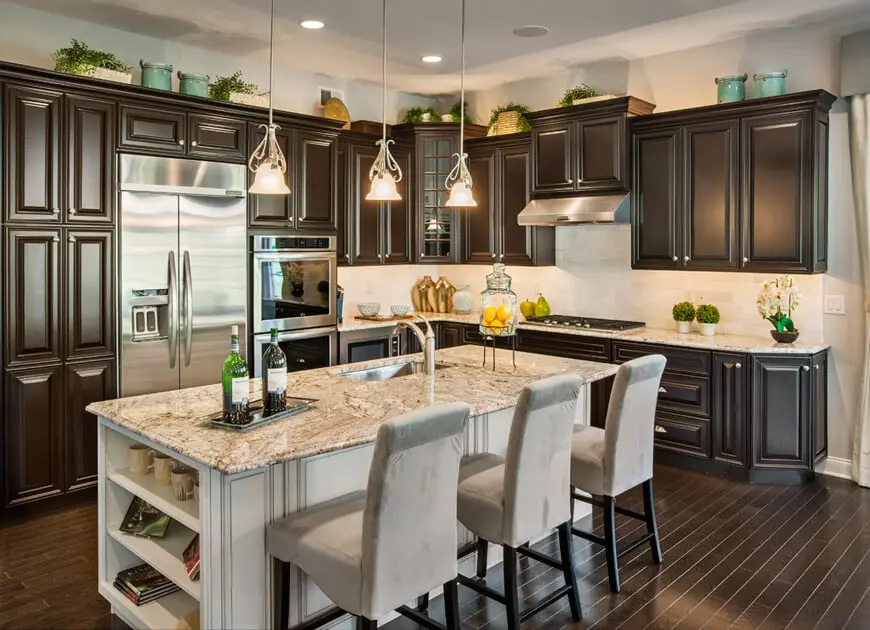
This article may interest you. Stain Resistant Kitchen Countertops Models
One of the most popular kitchen stones is granite. This alternative is already present in the home of many families and has a lower price than quartz, for example.
Granite has excellent mechanical resistance against scratches and scratches, resists heat well, and can be used outdoors. But, like quartz, it should not be exposed to a heat source directly – no placing hot pans directly on the stone.
The porosity of this stone is 1% and, according to Christian, the idea is for it to be waterproofed before being used. Even so, care must be constant as stains can hardly be removed once they have penetrated the pores of the granite.
The strength and durability of granite are very good, but like any natural stone, it can have a reduced lifespan with the use of acidic agents. Therefore, bleach and chlorine, in general, should be avoided when cleaning.
There are different light shade options, but all, without exception, have spots, natural spots, and or some kind of grain. It is the nature and beauty of the material.
Its cost can be well into account in some stone models, varying according to the rarity of the chosen stone.
3. Marble
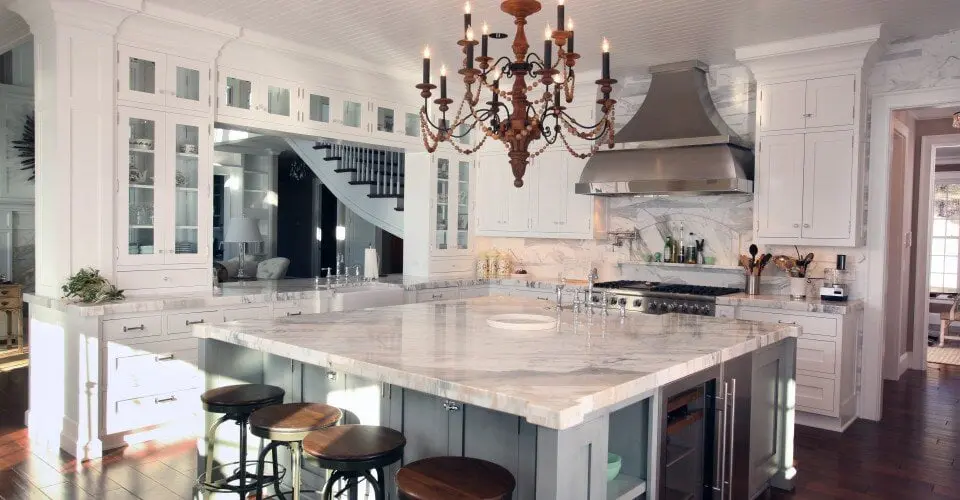
Marble has a very large family of types and subtypes. It is an abundant material all over the world and, in each place, it presents different visual characteristics.
Today, we can separate them into two main groups: traditional and superior.
Traditional marbles, also called calcitic marbles, are marbles from Espírito Santo, which can be totally white and/or with veins.
They are highly porous and absorb fats and liquids that end up staining the stone. It also has low mechanical resistance, which can lead to risks, and is extremely fragile to the action of acids and even to vinegar and lemon.
Olivia explains that, because of all this, traditional marbles are not recommended for the kitchen, even if they are waterproofed or resined.
The cost of traditional marble varies according to the visual pattern and nationality of the stone, but the cheaper ones have prices similar to granites.
The superior (or dolomitic) marbles, such as the famous ‘ Branco Paraná ‘, are more recent on the market. They are more resistant than traditional marbles because they have different compositions.
They have low absorption and good mechanical resistance, and can even be used in the kitchen.
But, according to Olivia, this quality comes with a higher cost. Superior marble can easily come to the cost of Chinese synthetic quartz.
4. Natural Quartzite
Like granites and marbles, they are surfaces with spots, veins, and irregular natural aesthetics – if you want an all-white stone, this is not an option. Choosing white stone for the kitchen can be difficult.
Natural quartzite has great mechanical and porosity resistance. Because of this, it has been gaining more and more space on the national scene, both among architects and among consumers.
The cost can vary greatly depending on the model chosen, confirms Olivia. In general, it is between the value of Chinese quartz and ultra-compact.
